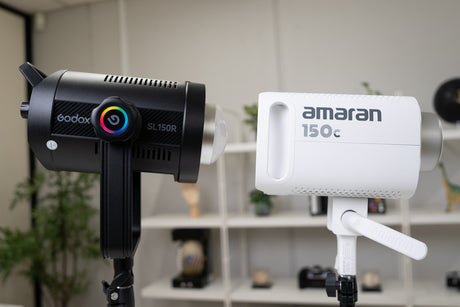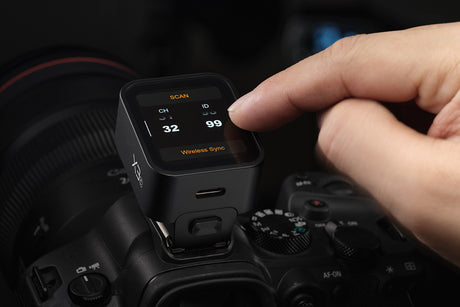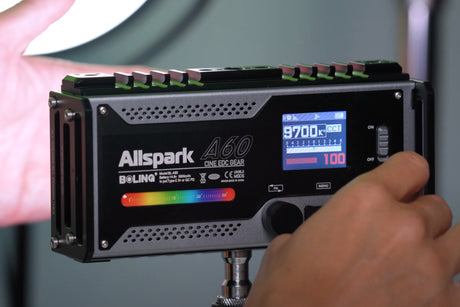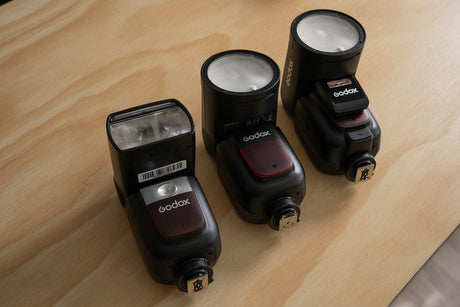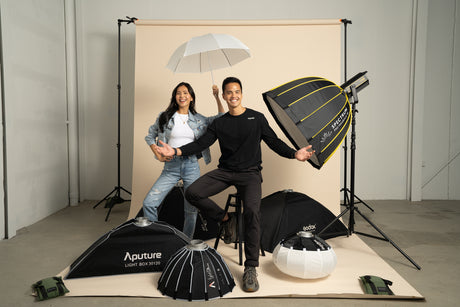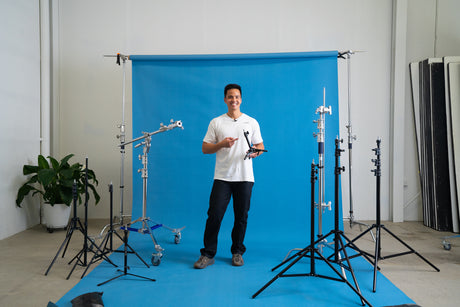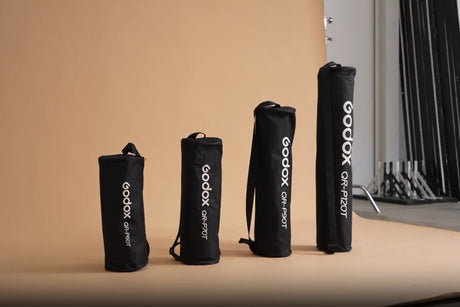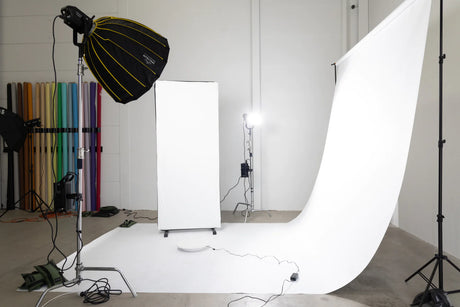Disable your flash indoors
• As a rule, don’t use your flash indoors. It mutes colour and casts stark, deep shadows (especially unflattering for portraits). Any subject you photograph with your flash from a close distance will look pale and one-dimensional.
• Using flash indoors leads to red-eye, which is caused when the flash hits the back of the eye and reflects back into the camera lens.
• Sometimes red-eye is unavoidable.

Disable your flash in low light
• Low-light conditions require you to disable your flash. This is the only way you can catch all the rich colour and detail of a nighttime scene. (Note that you will need a tripod to keep your camera steady for this kind of shot.)
• Of course, there are exceptions to most every rule. Although grey skies lend themselves to great midday photos, go ahead and try using your camera’s flash on cloudy days. It may brighten up people’s faces and make them stand out. But be sure to also take a picture without the flash, because the soft light of overcast days sometimes gives quite pleasing results by itself.
Here are some basic techniques for capturing breathtaking photos when you don’t have much light to work with:
• Use a tripod Long exposures require you to hold your camera perfectly still to avoid blurring. A tripod really helps. If you can’t get your hands on one, you can try bracing yourself against a stationary object like a tree or a wall.
• Bring in the light. Provide as much natural light as possible by opening curtains and blinds.
• Take advantage of indirect light. Use ambient lighting from lamps, overhead lights, or candles. The extra light will also help reduce red-eye.
Use your flash to balance bright light
• If the sun is overhead, using the camera’s flash can lighten harsh face shadows.
• If the sun is only hitting one side of your subject’s face, using flash can reduce the shadow effect.
• If your subject is slightly shadowed but backlit by bright sunlight, using your flash equals out the light in front of your subject with the light behind for a balanced shot.
Because your camera decides whether or not to use the flash based on the total amount of light available, on a sunny day your camera would not fire the flash if it were on automatic. That’s when you have to do the thinking for your camera and force your flash to fire.
Just like a flash can mute colours in dark conditions, the midday sun can have the same effect for photos outdoors, casting deep shadows and reducing detail. Here are some ways to take better photos in harsh sunlight:
• Seek shade. Under or around trees, shrubs or buildings are the easiest places to find respite from the midday sun.
• Avoid bright window light. Placing your subject in front of a bright window will leave them underexposed against the sunlight shining in.
• Know your camera’s flash range. For most cameras, the maximum flash range is five to ten feet. Pictures taken beyond that range will be too dark.
• Scout your next photo shoot. If all else fails, use the sunny afternoon as a time to scout locations for your next “golden hour” shots.



